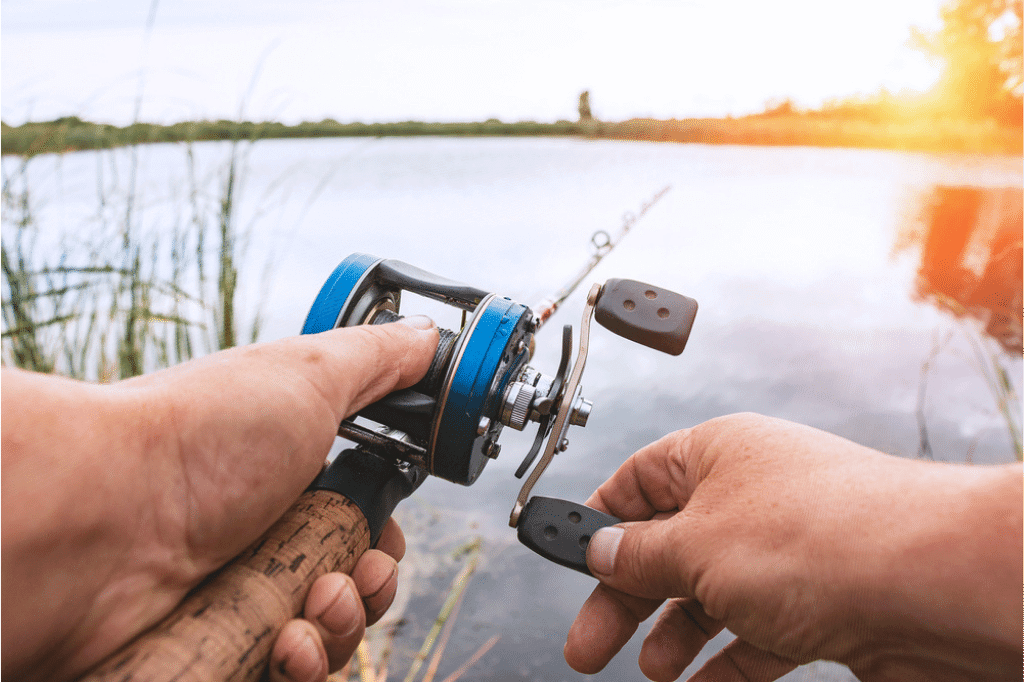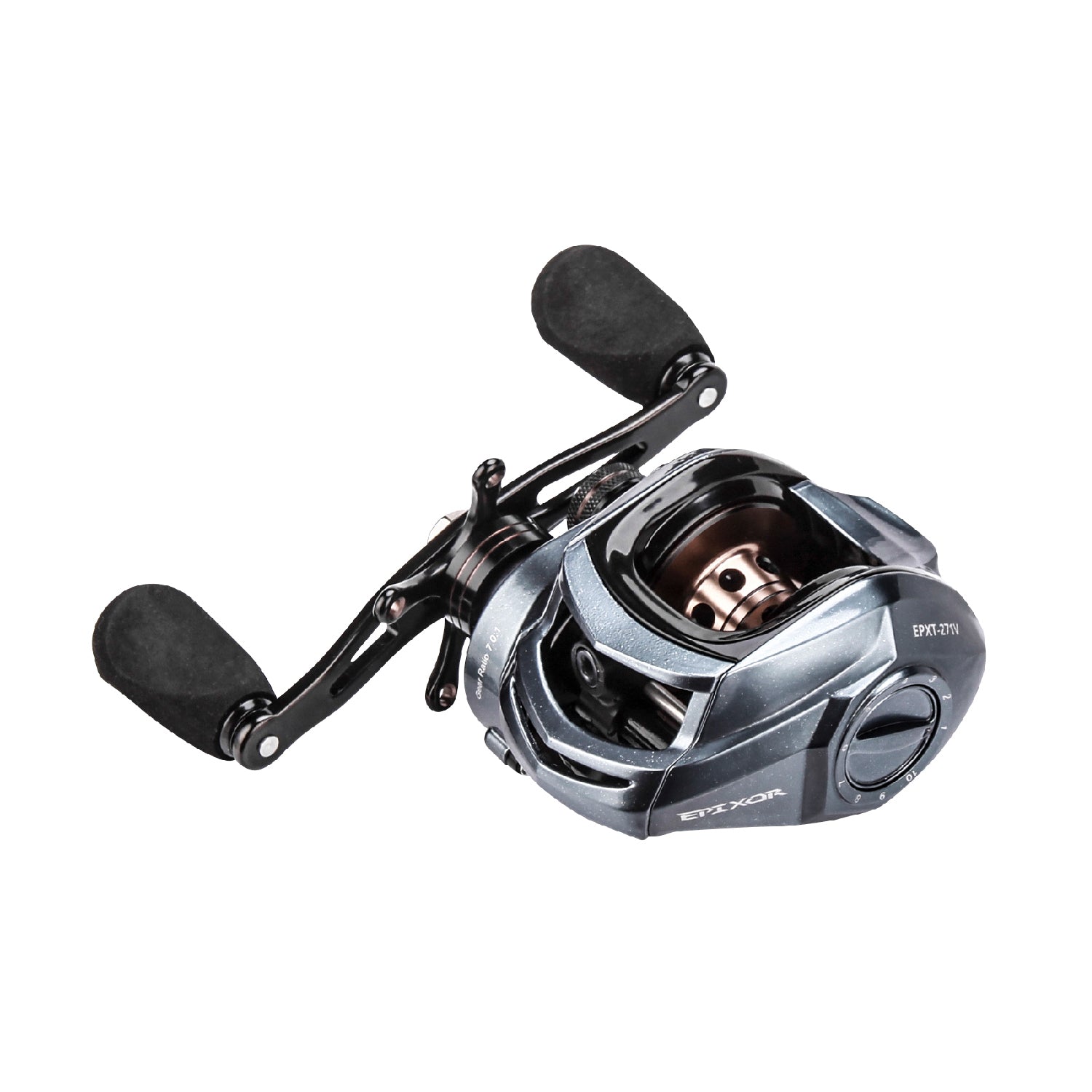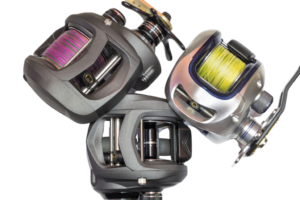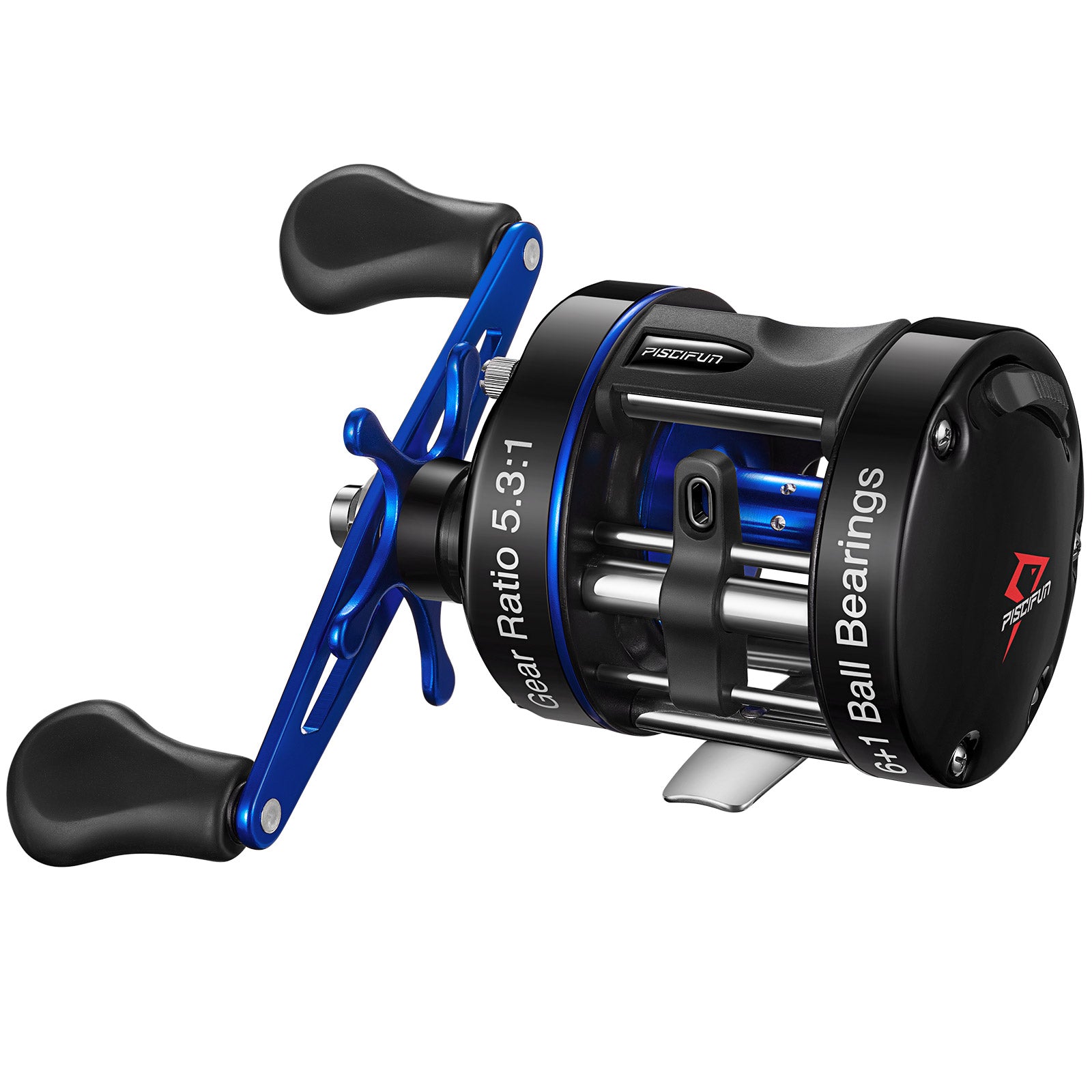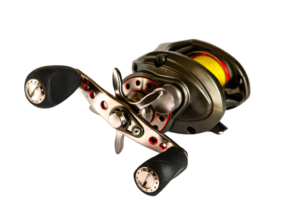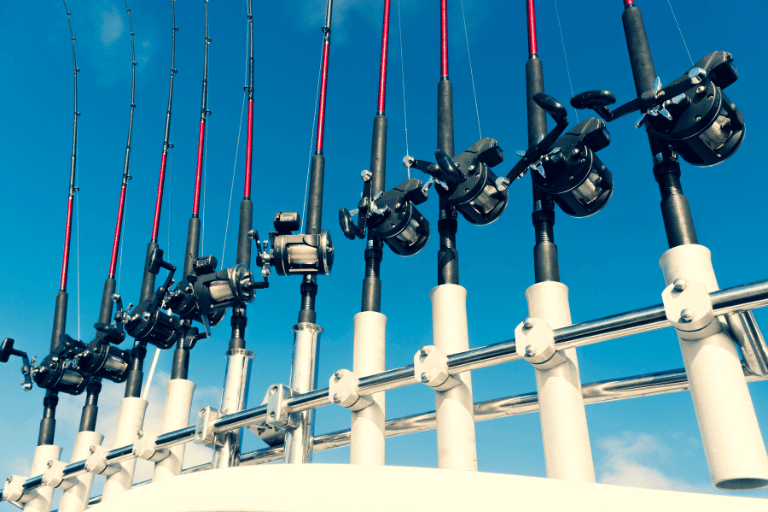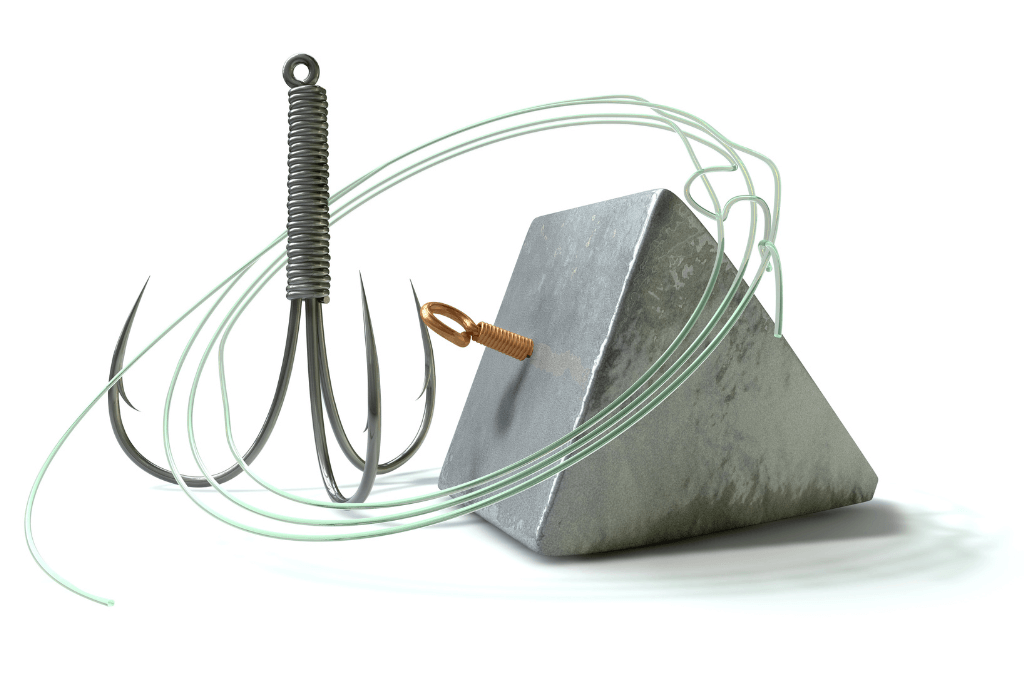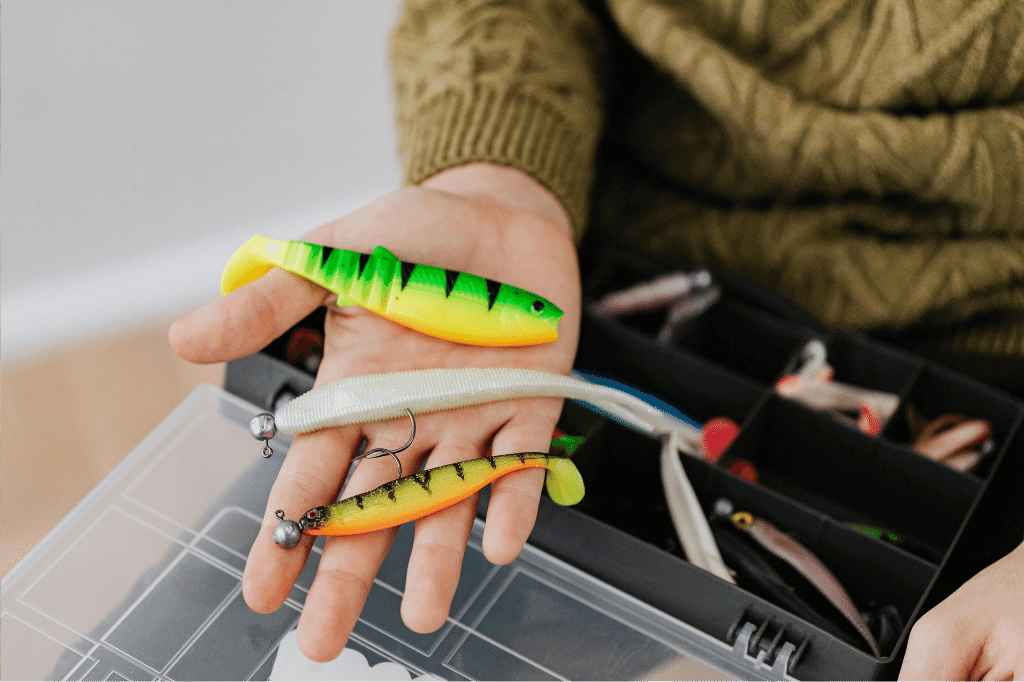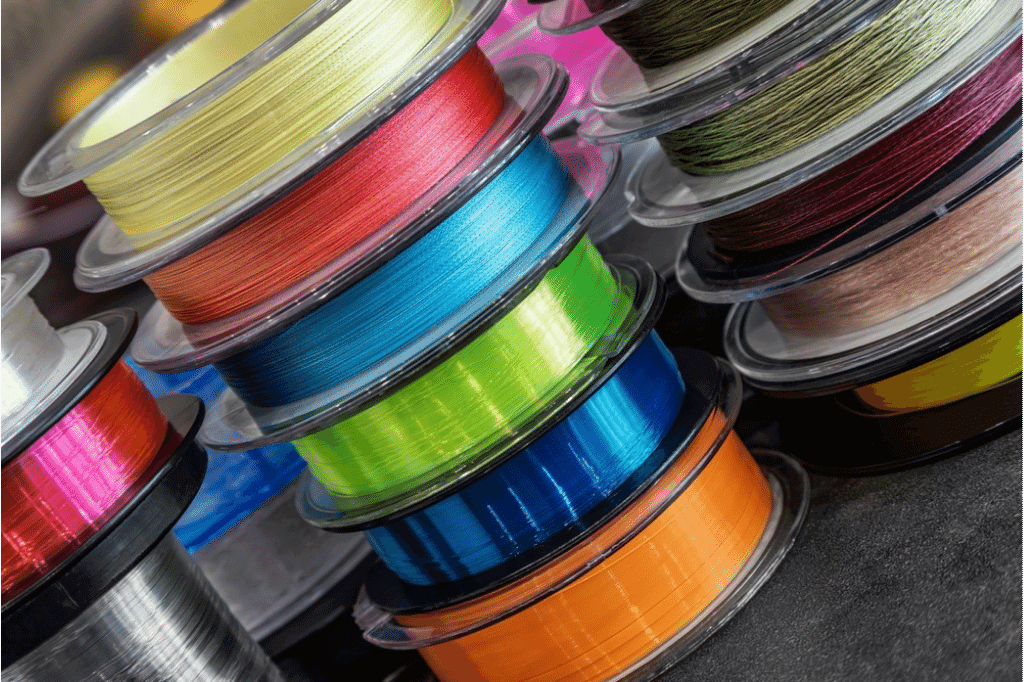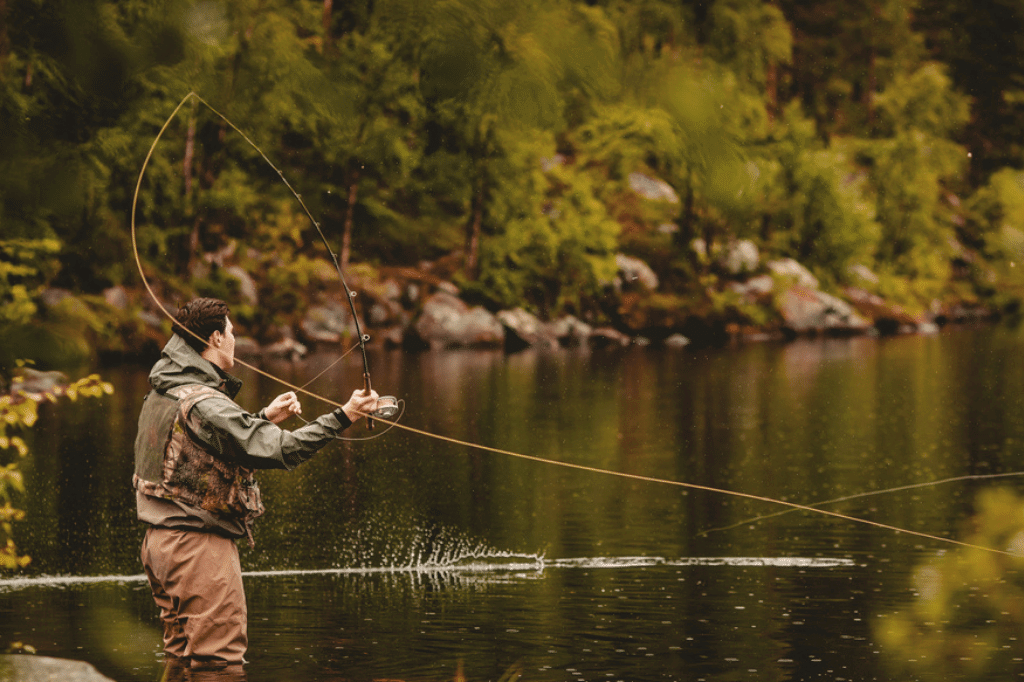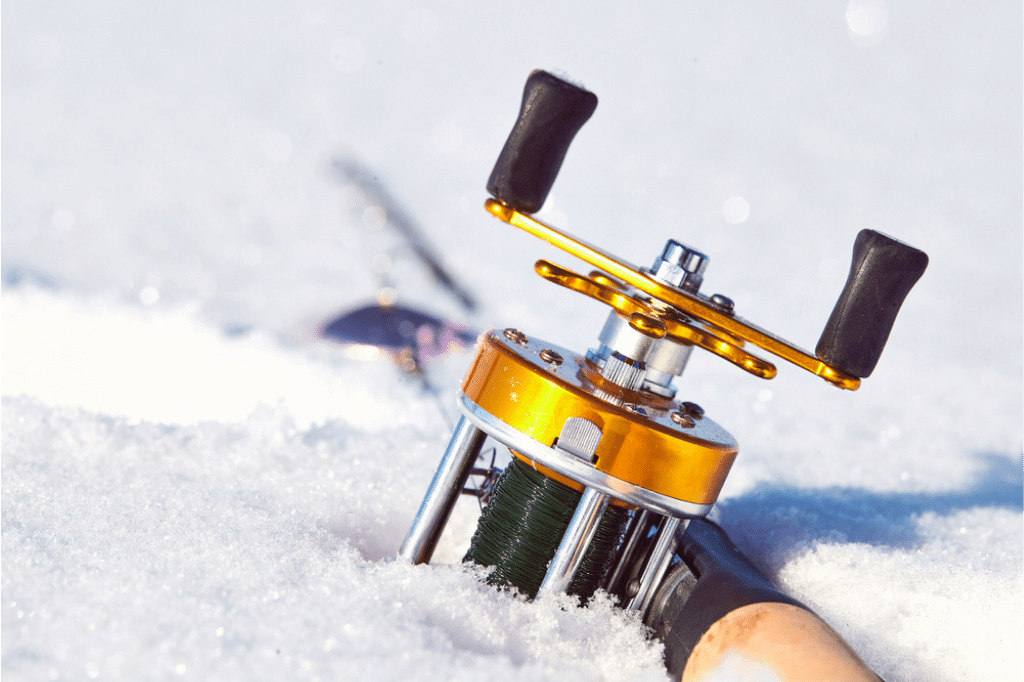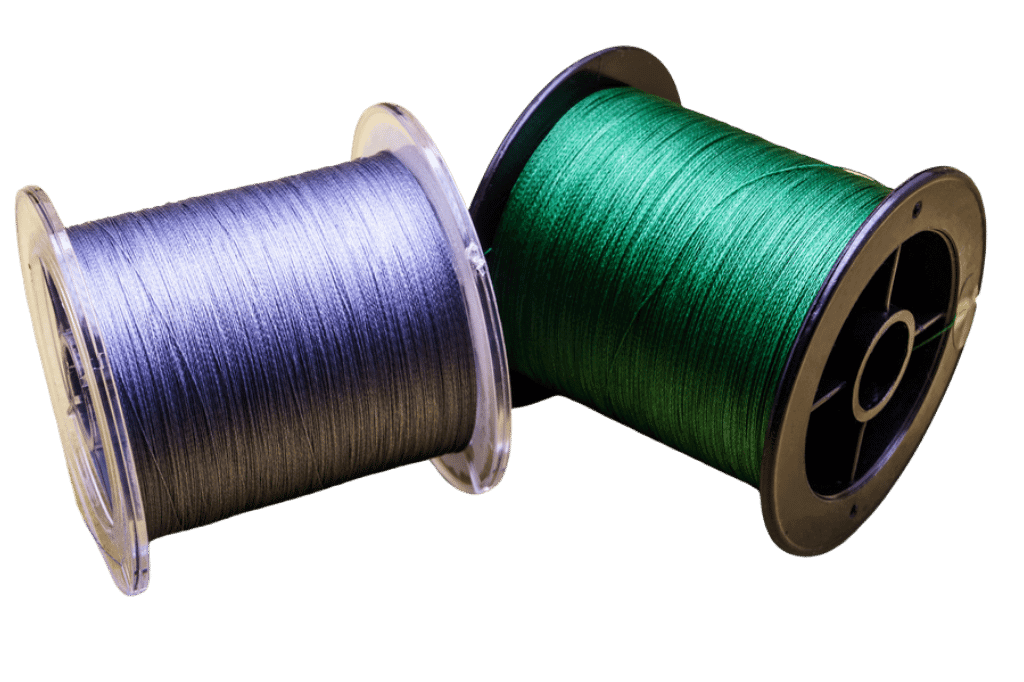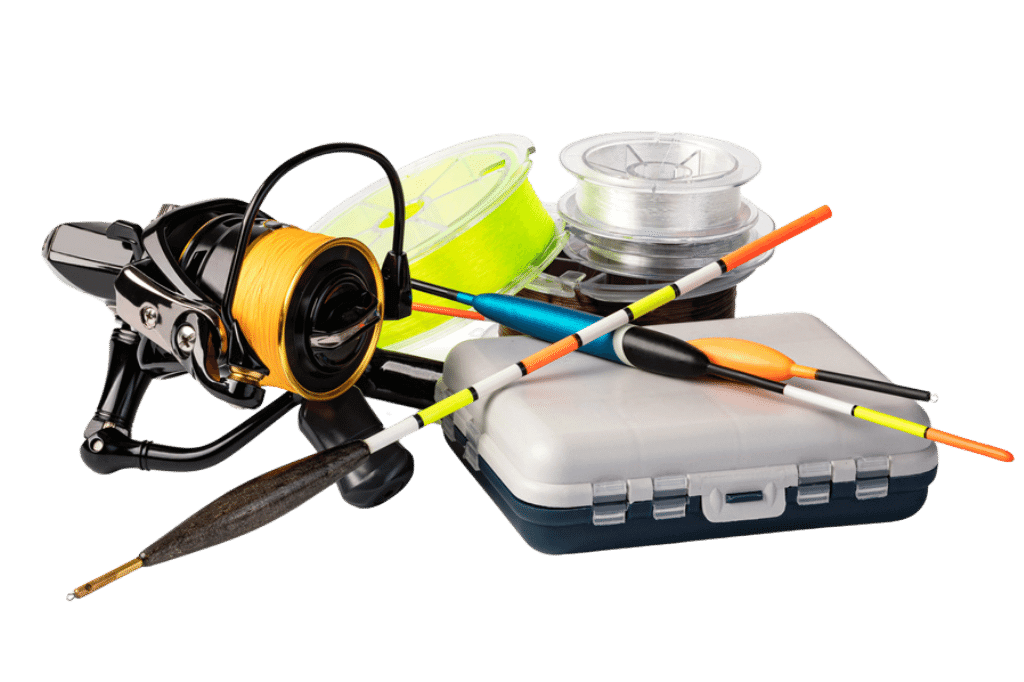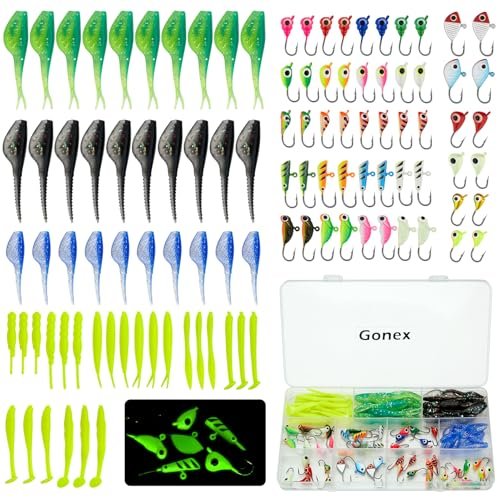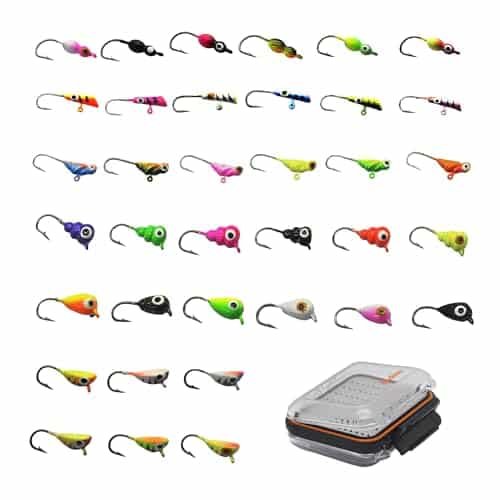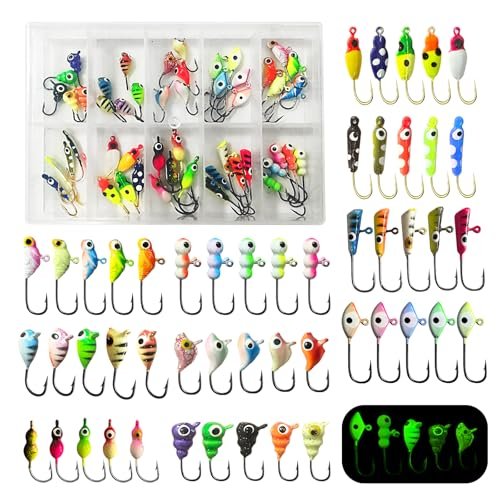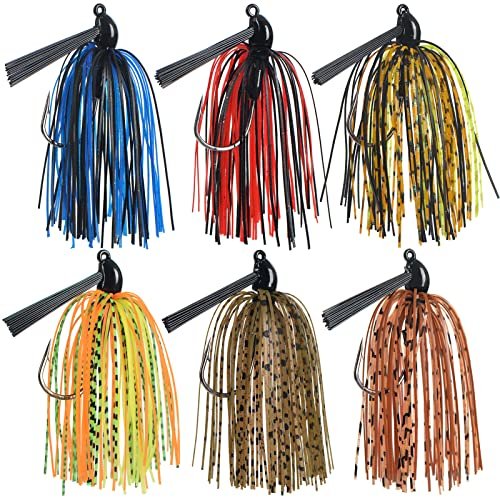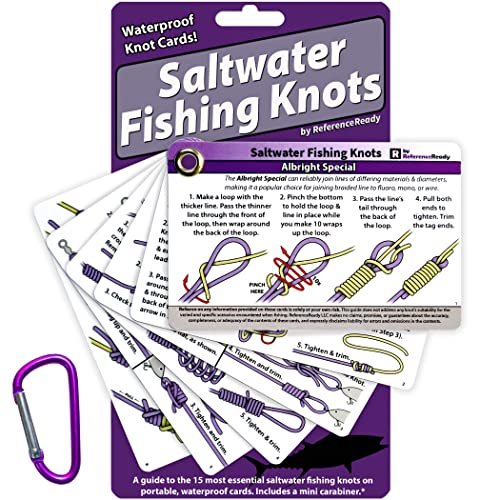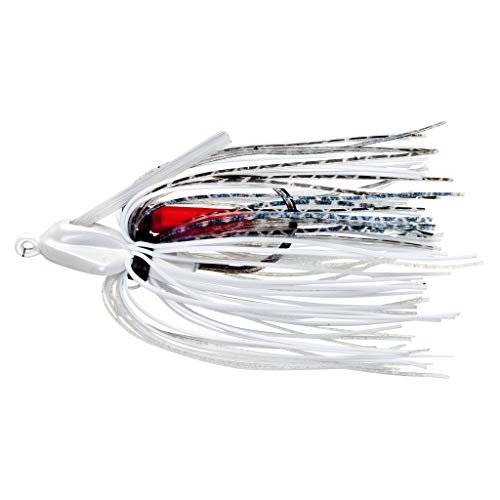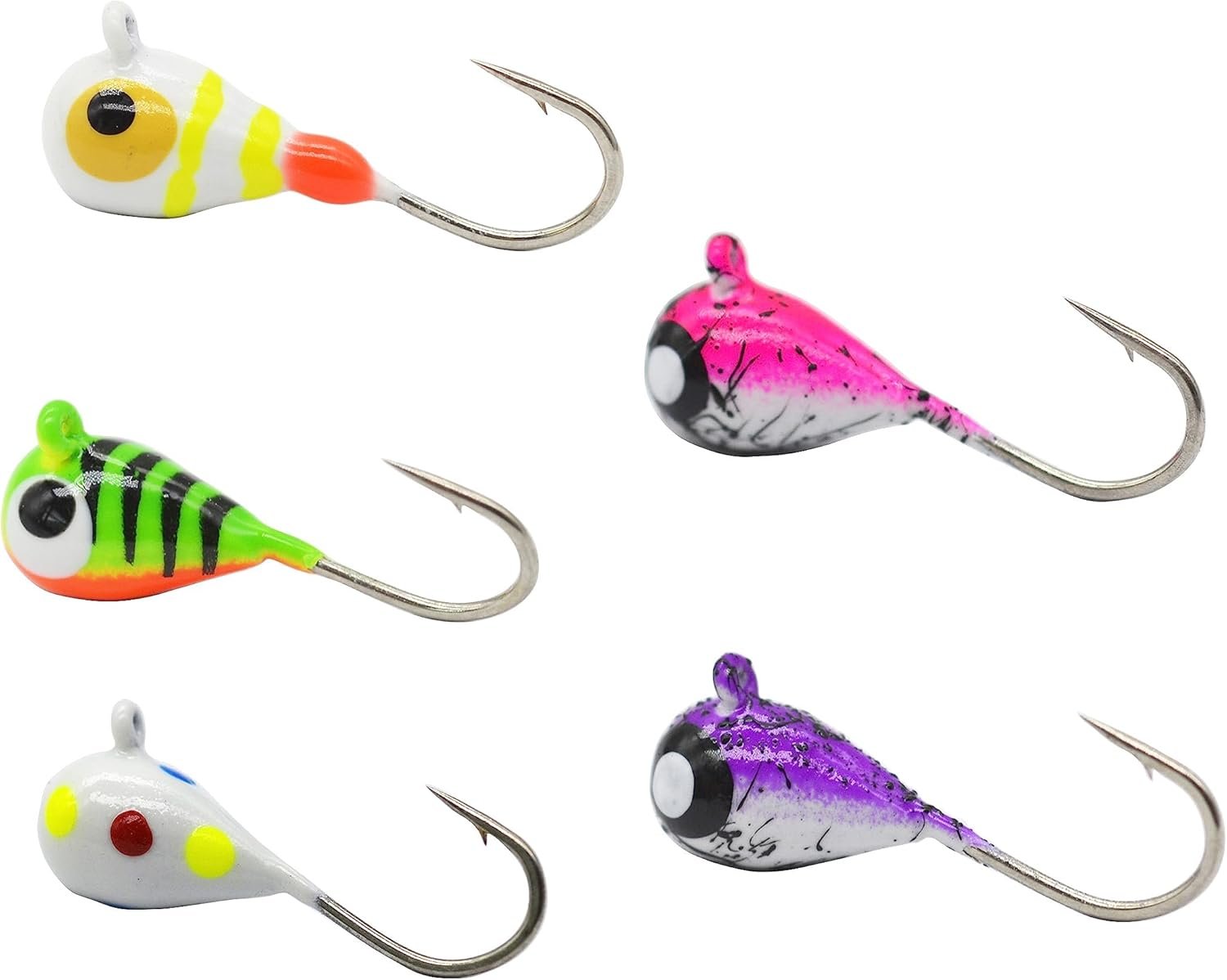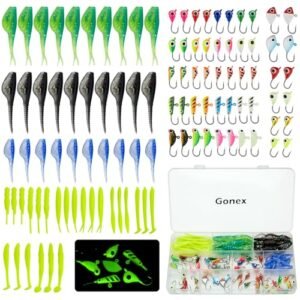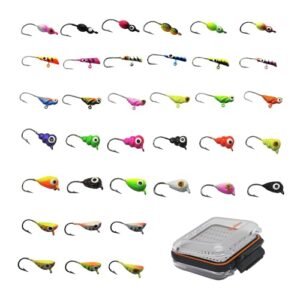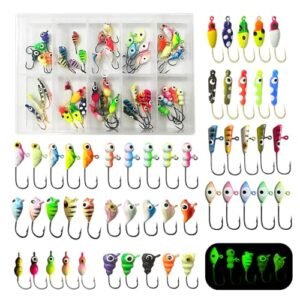Anglers often prefer baitcasting reels for their ability to handle heavier lines and lures. These reels are ideal for targeting larger fish species and provide better casting distance. They feature a spool that rotates as you cast, allowing for more control and fewer tangles.
Baitcasting reels require practice to master but offer significant advantages once you do. They are perfect for seasoned anglers looking to improve their fishing game. With proper technique, baitcasting reels enhance your fishing experience, making them a valuable tool in any angler’s arsenal.
The Allure Of Baitcasting Reels
Baitcasting reels have a special charm for many fishing enthusiasts. These reels offer precision, control, and a rewarding fishing experience. Whether you’re a seasoned angler or a beginner, baitcasting reels can elevate your fishing game.
Why Choose Baitcasting Over Spinning
Choosing a baitcasting reel over a spinning reel can transform your fishing experience. Here are some key reasons:
- Accuracy: Baitcasting reels allow for pinpoint casting accuracy.
- Control: You have better control over the lure’s speed and distance.
- Power: These reels are ideal for catching larger fish.
- Versatility: Suitable for a variety of fishing techniques.
Unlike spinning reels, baitcasting reels give you more control. This can be crucial in challenging fishing conditions. They also handle heavier lines and lures better. This makes them a favorite among serious anglers.
The Evolution Of Baitcasting Technology
Baitcasting technology has come a long way. Early baitcasting reels were simple and mechanical. Modern reels boast advanced features that enhance performance.
Let’s look at some key advancements:
| Feature | Old | New |
|---|---|---|
| Materials | Basic metals | Lightweight composites |
| Braking Systems | Manual | Magnetic and centrifugal |
| Bearings | Few | Multiple, high-quality |
| Gears | Simple | Precision-engineered |
New materials make reels lighter and more durable. Advanced braking systems reduce backlash. High-quality bearings provide smoother operation. Precision-engineered gears offer better performance.
Modern baitcasting reels are also more user-friendly. They cater to all skill levels, from beginners to pros. With these advancements, baitcasting has never been more accessible or enjoyable.
Anatomy Of A Baitcasting Reel
Understanding the anatomy of a baitcasting reel is essential for any angler. This knowledge helps you choose the right reel and maintain it effectively. Let’s dive into the key components and the innovations in material and design.
Breaking Down The Components
A baitcasting reel consists of several important parts. Each part plays a unique role in its function. Here’s a breakdown:
- Frame: The foundation of the reel. It holds all the other parts together.
- Spool: This is where the fishing line is wound. The spool’s quality affects casting distance and accuracy.
- Handle: Allows the angler to retrieve the line by turning it.
- Drag System: Controls the resistance when a fish pulls on the line.
- Brake System: Helps manage the speed of the spool during casting. It prevents line tangles.
- Line Guide: Ensures the line is wound evenly on the spool.
- Bearings: Reduce friction in the reel’s moving parts. More bearings usually mean smoother operation.
Material And Design Innovations
Modern baitcasting reels feature advanced materials and designs. These innovations improve performance and durability.
Materials:
- Graphite: Lightweight and corrosion-resistant. Ideal for saltwater fishing.
- Aluminum: Strong and durable. Provides a solid feel and long life.
- Carbon Fiber: Used in drag systems. Offers smooth and consistent drag pressure.
Design Innovations:
- Ergonomic Handles: Designed for comfort during long fishing sessions.
- Magnetic and Centrifugal Brakes: Provide better control over casting. Minimize backlash and improve accuracy.
- High-Speed Gears: Enable faster line retrieval. Useful for certain fishing techniques.
These components and innovations make baitcasting reels more efficient and easier to use. Understanding them helps you get the best reel for your needs.
Setting Up Your Baitcasting Reel
Setting up your baitcasting reel correctly is crucial for a successful fishing experience. Proper setup ensures smooth casting and prevents backlashes. This guide will help you with spooling the line, adjusting the tension, and calibrating the brake system.
Spooling The Line
Spooling the line onto your baitcasting reel is the first step. Follow these steps:
- Attach the reel to your fishing rod securely.
- Thread the line through the rod guides, starting from the tip.
- Tie the line to the spool using an arbor knot.
- Hold the line tight and start reeling in slowly.
- Keep even tension to avoid loose or uneven spooling.
- Fill the spool up to 1/8 inch from the edge.
Adjusting The Tension
Adjusting the tension knob is essential for preventing backlash. Follow these steps:
- Locate the tension knob on the side of the reel.
- Tighten the knob by turning it clockwise.
- Attach a lure to the end of the line.
- Hold the rod at a 2 o’clock position.
- Press the spool release button.
- Let the lure drop to the ground.
- Adjust the tension knob until the lure drops slowly.
Calibrating The Brake System
Calibrating the brake system is vital for controlling the cast. Here’s how:
Baitcasting reels have two types of brakes: magnetic and centrifugal.
For magnetic brakes:
- Locate the brake dial on the side plate.
- Start with the brake set to the middle setting.
- Adjust the brake dial based on casting distance and wind conditions.
For centrifugal brakes:
- Remove the side plate to access the brake shoes.
- Push the brake shoes outward to increase braking.
- Push them inward to decrease braking.
- Test cast and adjust the brakes as needed.
Remember, proper setup of your baitcasting reel enhances your fishing experience. Take your time and follow these steps for optimal performance.
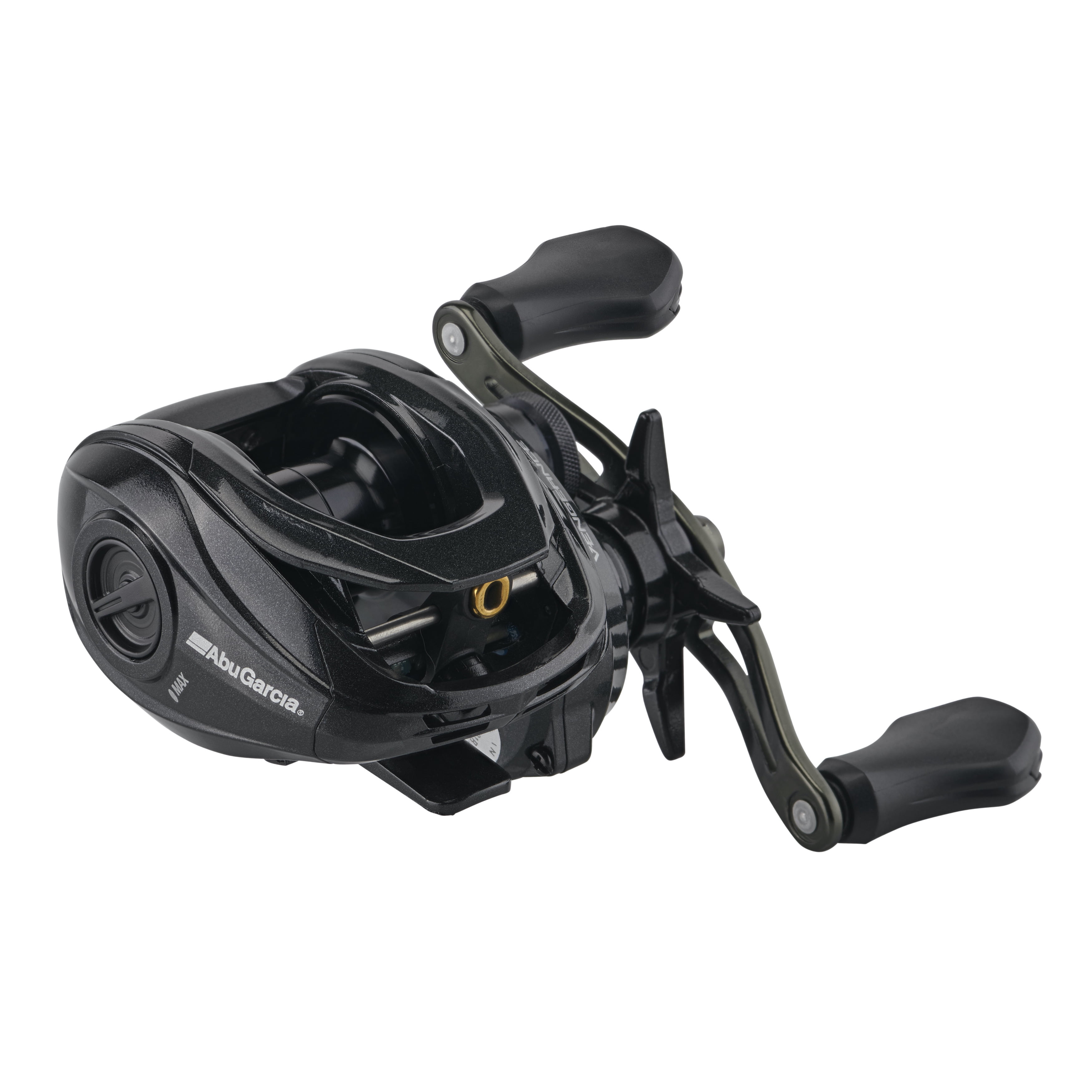
Casting Techniques For Precision
Mastering casting techniques is essential for using a baitcasting reel. Accurate casts can make a huge difference in your fishing success. This section will guide you through the basics and advanced techniques for precise casting.
The Basics Of Casting A Baitcaster
Before starting, ensure your reel is properly set up. Begin by adjusting the spool tension knob. The knob should allow your lure to drop slowly to the ground.
Hold the rod firmly. Place your thumb on the spool to control the line. Press the thumb bar to release the spool. Swing the rod back over your shoulder and then forward. Release the thumb bar when the rod is at about 10 o’clock. Use your thumb to control the line’s speed to avoid backlash.
Practice these steps repeatedly to build muscle memory. Consistency is key for mastering the basics of casting a baitcaster.
Advanced Casting Tricks
Once you master the basics, you can explore advanced casting techniques. These tricks will help you achieve greater accuracy and distance.
- Pitching: This technique is ideal for short-distance casts. Hold the rod tip high and use a pendulum motion. Keep the lure close to the water surface.
- Flipping: Useful for precise placement in tight spots. Pull a length of line with your non-dominant hand. Swing the lure underhand towards the target.
- Sidearm Casting: Great for casting under obstacles like branches. Swing the rod sideways close to the water. Release the line with a quick flick of the wrist.
Advanced techniques require practice. Dedicate time to refine these skills. It will improve your fishing experience significantly.
Troubleshooting Common Baitcaster Issues
Baitcasting reels are popular among anglers for their accuracy and control. But they can have some common issues. Knowing how to troubleshoot these problems can save time and improve your fishing experience.
Dealing With Backlash
Backlash is a common problem with baitcasting reels. It occurs when the spool spins faster than the line can leave. This results in a tangled mess. Follow these simple steps to deal with backlash:
- Adjust the Tension Knob: Tighten the tension knob to control the spool speed.
- Use Your Thumb: Place your thumb on the spool to slow it down during the cast.
- Practice Casting: Practice in an open area to get the feel of the reel.
These steps can help reduce backlash and make your casting smoother.
Maintenance Tips To Prevent Malfunctions
Proper maintenance can prevent many common issues with baitcasting reels. Here are some important tips:
- Regular Cleaning: Clean your reel after each fishing trip. This removes dirt and salt that can cause damage.
- Lubricate Moving Parts: Apply lubricant to the gears and spool. This ensures smooth operation.
- Check for Wear: Inspect the line and spool for wear and tear. Replace any damaged parts.
These maintenance tips can extend the life of your baitcasting reel and keep it in top condition.
| Issue | Solution |
|---|---|
| Backlash | Adjust tension knob, use thumb, practice casting |
| Spool Not Turning | Check for debris, clean and lubricate |
| Line Twisting | Check line for twists, re-spool correctly |
By following these troubleshooting tips, you can resolve common baitcaster issues and enjoy a better fishing experience.
Matching Reels With Rods And Lures
Finding the right combination of a baitcasting reel, rod, and lure can greatly enhance your fishing experience. The perfect match ensures better casting accuracy, control, and fish-catching success. This guide will help you understand the importance of matching reels with rods and lures for optimal performance.
The Perfect Pair: Rod And Reel Combinations
Choosing the right rod and reel combination is crucial. A well-matched pair improves your fishing efficiency. Here are some key points to consider:
- Rod Power: Match the rod’s power with the reel’s strength. Light rods pair well with light reels, and heavy rods with heavy reels.
- Rod Action: Fast action rods are best for single hook lures. Moderate action rods suit treble hook lures.
- Reel Gear Ratio: High gear ratios are ideal for fast lures. Low gear ratios work well with slow-moving lures.
Selecting Lures For Baitcasting
Choosing the right lure is essential for a successful fishing trip. Different lures attract different fish. Consider these factors:
- Weight: Heavier lures are easier to cast with baitcasting reels. Light lures may cause backlashes.
- Type: Crankbaits, spinnerbaits, and jigs work well with baitcasting setups. Choose based on the fish species.
- Material: Plastic lures are versatile and durable. Metal lures provide better depth control.
Here’s a quick reference table for matching lures with rods and reels:
| Lure Type | Rod Power | Reel Gear Ratio |
|---|---|---|
| Crankbait | Medium | 5.4:1 to 6.4:1 |
| Spinnerbait | Medium-Heavy | 6.4:1 to 7.1:1 |
| Jig | Heavy | 7.1:1 to 8.1:1 |
Pro Angler Secrets For Baitcasting Success
Baitcasting reels are a favorite among professional anglers. They offer precision and control. Knowing the secrets behind their success can elevate your fishing game. Here, we uncover expert tips that make a difference.
Habitat And Seasonal Strategies
Understanding fish habitats and seasonal patterns is crucial. Fish behave differently in various seasons. For example:
| Season | Fish Behavior |
|---|---|
| Spring | Fish move to shallow waters to spawn. |
| Summer | Fish stay in deeper, cooler waters. |
| Fall | Fish feed aggressively to prepare for winter. |
| Winter | Fish become lethargic and stay near the bottom. |
Identify the seasonal patterns to increase your chances of success. Use bait that matches the fish’s natural prey during each season.
The Role Of Patience And Persistence
Patience and persistence are key virtues for any angler. You might not get a bite immediately. But staying calm and waiting pays off.
- Stay focused on your technique.
- Adjust your bait and casting technique as needed.
- Keep trying even if you don’t succeed right away.
Professional anglers know that every cast is a learning experience. Experiment with different techniques and baits. Track what works best in different conditions.
Remember, success doesn’t come overnight. Keep practicing and learning from each outing. With time, you’ll develop the skills of a pro.
Baitcasting Reel Reviews And Recommendations
Choosing the right baitcasting reel can be challenging. With so many options, making a decision is hard. This section provides detailed reviews and expert recommendations. Find the perfect baitcasting reel for your needs.
Top Picks For Every Budget
Everyone has a different budget. Here are the top picks for every price range:
| Price Range | Model | Features |
|---|---|---|
| Under $50 | Shakespeare Alpha |
|
| $50 – $100 | Abu Garcia Black Max |
|
| Over $100 | Shimano Curado |
|
What The Pros Use
Professional anglers rely on top-quality gear. Here are some of the reels they trust:
- Shimano Metanium MGL: This reel offers unmatched casting distance. It features a smooth drag system.
- Daiwa Tatula SV TW: Known for its precision. It is lightweight and highly durable.
- Abu Garcia Revo SX: This reel provides excellent value. It combines performance and reliability.
Understanding what the pros use can guide your choice. Invest in a reel that fits your needs and budget.
Frequently Asked Questions
What Is A Baitcasting Reel Good For?
A baitcasting reel is ideal for accurate casting and handling heavy lures. It offers better control and power, perfect for bass fishing.
Why Use A Baitcaster Instead Of Spinning Reel?
Use a baitcaster for better accuracy, more control, and greater casting distance. Ideal for heavy lures and tough fish.
Why Do Bass Fishermen Use Baitcasters?
Bass fishermen use baitcasters for their precision and control. Baitcasters allow accurate casting and better handling of heavy lures. They offer improved line management and reduce backlash. These features make baitcasters ideal for targeting bass in various conditions.
Why Fish With A Baitcasting Reel?
Fish with a baitcasting reel for better accuracy and control. It handles heavier lines and lures well. Ideal for targeting larger fish.
Conclusion
Choosing the right baitcasting reel can greatly enhance your fishing experience. Consider your needs and preferences carefully. Quality and durability should be top priorities. With the right reel, you’ll enjoy smoother casts and better catches. Happy fishing and may your next trip be successful!

